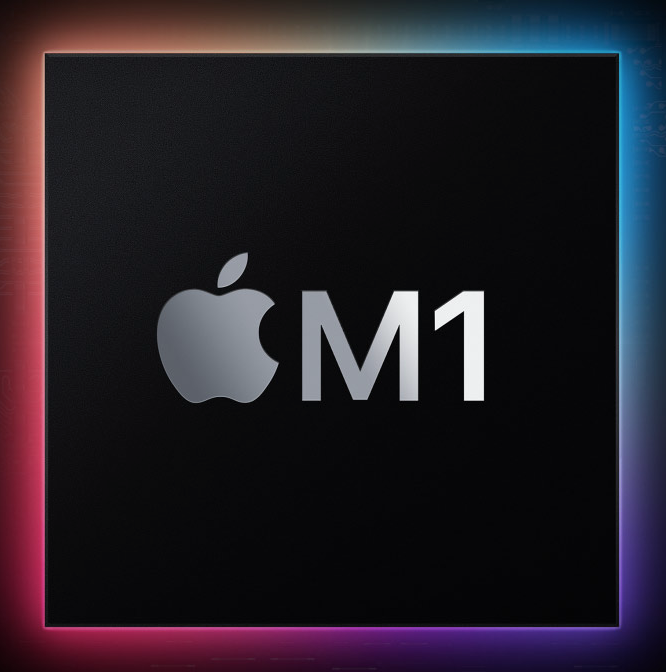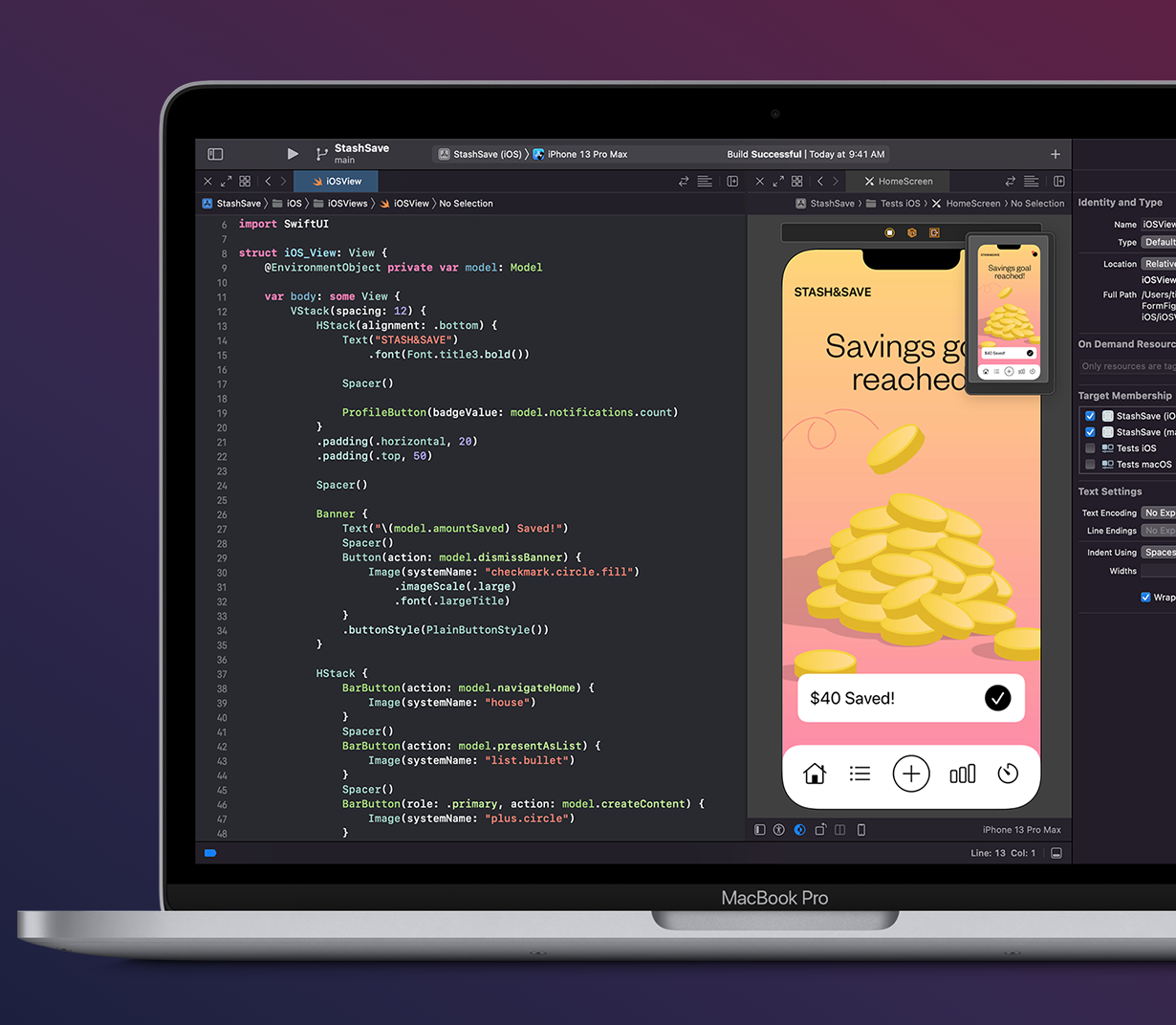
When buying a MacBook, one of the most important decisions you have to make is figuring out how much internal storage you really need. Of course the answer depends on how you plan on using your MacBook and your budget.
The MacBook 13 is the choice for many professionals and students looking for something portable and capable of more demanding tasks.
Apple currently provides four customization starting points, which can be separated into two groups. The first two options start with Apple’s impressive M1 chips and the other two models have the less-powerful 10th Gen Intel-i5 chips.

Best Overall: MacBook Pro 13 M1 Processor, 512GB
The baseline 13-inch MacBook Pro has 256GB SSD, which may be too small for long-term storage. This is especially true if you download lots of music, videos, or applications requiring large amounts of storage. Ideally you want a laptop that won’t fill up after several years, forcing you to buy external storage.
You could configure the storage on your 13-Inch MacBook Pro to 2TB but that raises the prices by about $800. The 4TB SSD is only available in the two higher starting points, and adds about $1000 to the final price.
This is why the 512GB storage configuration is the best fit for most MacBook users on a budget. It has the option to upgrade the RAM storage, allowing you to use a more powerful machine for highly demanding tasks, if necessary.
Overall, this option offers the benefits that we love about MacBook, while still offering the right amount of power and storage for professionals.

Can I Add Storage to MacBook Pro?
It is vital to choose the right amount of storage when you buy a MacBook Pro, as you cannot manually upgrade the SSD later. Since you cannot increase MacBook Pro storage it is important to look over the MacBook Pro storage options and select carefully based on your needs.
So how much storage does a MacBook Pro have? Of the four MacBook Pro 13 starting points there are three default storage options:
256GB, 512GB, 1TB, and 2TB
The intel variants let users bump it up to 4TB.
All storage options are PCIe-based SSDs which means that reading and writing data will be significantly faster compared to the older SATA storage.
How Much Storage Do I Need on My MacBook Pro?
If you’re buying any model of MacBook and plan to use it as your main machine, you should most likely purchase a model with more than 256GB of storage. While you may not need the storage for a few years, when you do need it you will be thankful. Juggling free space is miserable. MacBooks tend to last a long time and you want to ensure that your machine will meet your storage needs for many years to come.
While there are cloud storage solutions, these backups can also take up a lot of space and if you are a professional using apps that take up several gigabytes, your storage will fill up quickly!
With that being said, you may find that 256GB is enough for work-focused MacBooks that don’t need to store a lot of large videos or music files. If you already have a desktop or other primary computer, MacBook internal storage is much less of a concern. You could opt for a MacBook with 256GB of space, while relying on your other machine for storage-intensive tasks.
512GB and Beyond
Our general MacBook storage recommendation is 512GB and if you have lots of large videos or similar, 1TB may be the better option. While this upgrade can seem pricey at the time, you have to remember that you are purchasing something that cannot be upgraded and will last a long time. If you are in a professional or educational zone where you are utilizing a lot of storage-intensive software, apps or downloads it will be well worth the investment to add the additional storage.

Other Storage Options
External Hard Drive
An external hard drive is a relatively inexpensive way to expand your system's storage. The price of components such as memory and storage is fairly volatile and depends on the quality of SSD that you are selecting. In terms of capacity, external hard drives are hard to beat. But they are just that, external. If you are someone who is on-the-go a lot they can be a bit of a pain. Speed can also be somewhat limited depending on connection type.
Cloud Storage
Naturally, if you are in the market for a MacBook then iCloud is the best bet when it comes to cloud storage. While cloud storage is really easy and convenient - it is not really designed to act as an alternative to a hard drive or SSD. Of course, you can save room on your internal SSD for larger applications or files by storing smaller files in your iCloud.
Ask The Experts at Digitiqe!
If you have any questions about your MacBook’s storage or performance, do not hesitate to reach out to your local Digitiqe experts!





